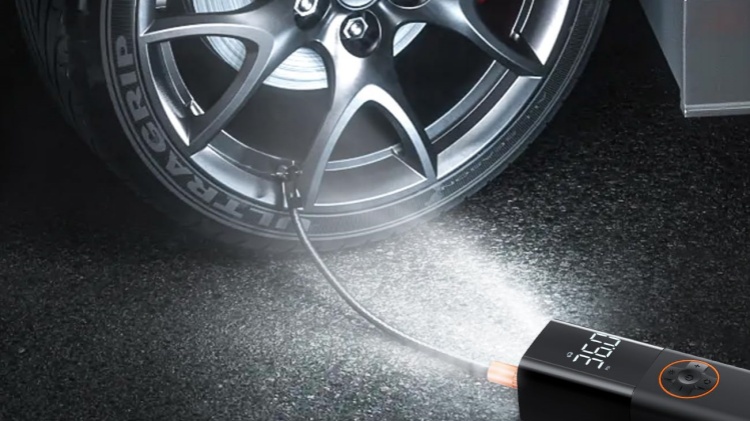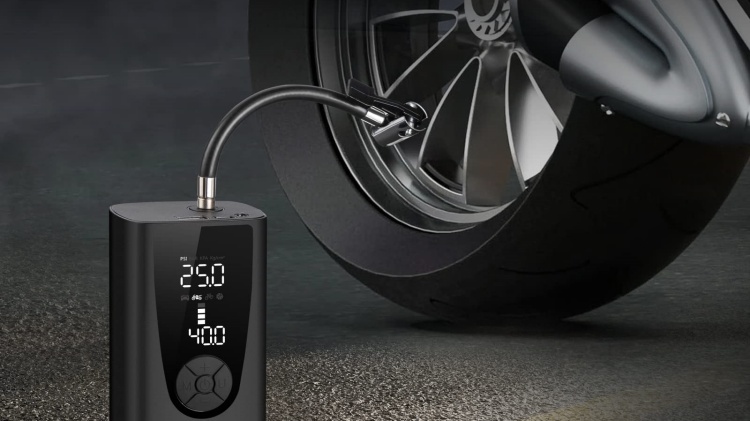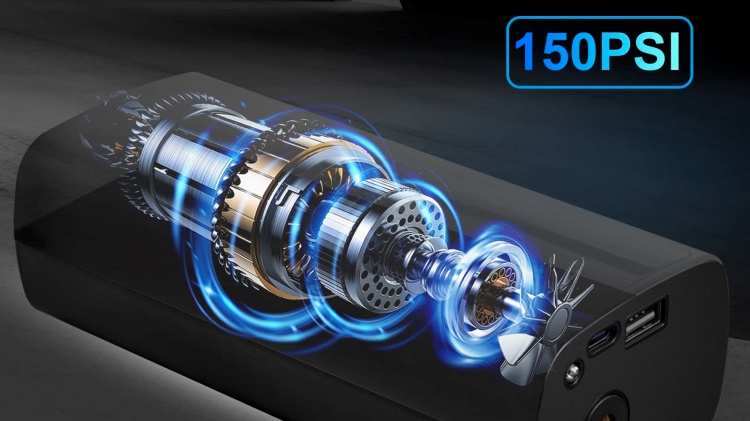
Electric Air Pumps 101: A Beginner’s Guide to Choosing and Using Them for Car Tires
Inflating your tires is easier than ever thanks to electric air pumps. This beginner’s guide will teach you the basics of choosing and using an

Electric air pumps provide a quick and convenient way to inflate your car’s tires from home.
But how exactly do these ubiquitous devices work their magic? This article will demystify electric tire pumps by exploring what’s inside and why they’re an essential tool for every auto owner.

Electric compressors use a simple mechanism to draw air in, compress it, and force it into your tires. Here are the key components:
Air filter:
Intake valve:
Pistons:
Compression chamber:
Pressure gauge:
Discharge valve:
Electric motor:
Power switch:
Power cord:
Maintaining the correct tire pressure is critical for:
Underinflation by just a few PSI can negatively impact all these performance and safety areas.

Here are compelling reasons every driver should have an electric tire inflator:
Convenience:
Accuracy:
Speed:
Affordability:
Portability:
Preset pressures:
Tire valve compatibility:
Safety features:
Reliability:
Cordless capabilities:
With the range of electric compressors available, keep these criteria in mind when selecting a model:
Tank vs tankless
Power rating
Maximum PSI

Duty cycle rating
Weight and portability
Power source
Warranty coverage
While convenient, exercise caution when using electric compressors:
Eye protection
Hearing protection
Proper ventilation
Secure hoses
Pressure limits
Tire inspection
Stable positioning
Thermal protection
Gauge accuracy
Supervision
Proper storage

To keep your air compressor working flawlessly for years:
Proper maintenance maximizes performance and the operating life of your air compressor. Always follow the manufacturer’s recommendations for service intervals. Investing in an electric tire pump is one of the wisest purchases any auto owner can make.
Don’t get caught on the roadside with a flat. Equip yourself with the knowledge and tools to handle any tire inflation situation quickly and safely.


Inflating your tires is easier than ever thanks to electric air pumps. This beginner’s guide will teach you the basics of choosing and using an

Getting a flat tire is every driver’s nightmare. Having a reliable air pump can get you back on the road quickly when your tires are

An electric air compressor is a major investment designed to provide years of reliable service. But the pump will only last if properly cared for

Having properly inflated tires is essential for safe driving and increased fuel economy. An electric air pump allows you to easily inflate and maintain your

Electric air pumps provide a quick and convenient way to inflate your car’s tires from home. But how exactly do these ubiquitous devices work their

Inflating your tires is easier than ever thanks to electric air pumps. This beginner’s guide will teach you the basics of choosing and using an

Getting a flat tire is every driver’s nightmare. Having a reliable air pump can get you back on the road quickly when your tires are

An electric air compressor is a major investment designed to provide years of reliable service. But the pump will only last if properly cared for
Copyright © 2024 carelectricairpump. All Rights Reserved.